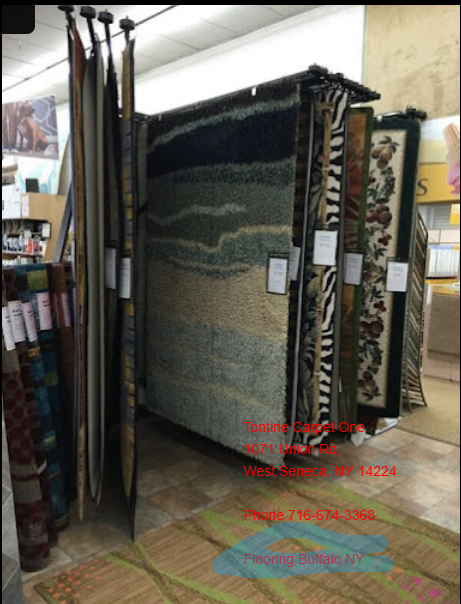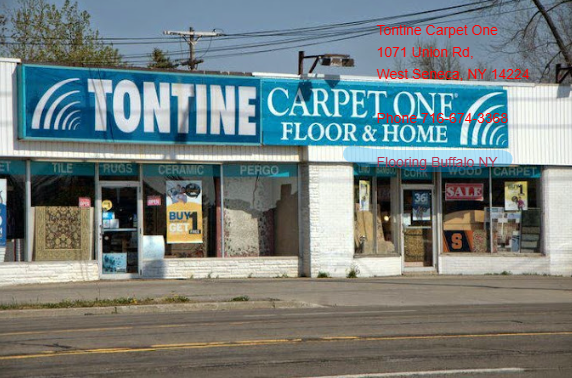Introduction
When we walk using a fantastically embellished homestead, our eyes by and large fall upon the carpeting that serves as either a origin and a observation piece. Carpets can bring up spaces, providing warmth, consolation, and a cultured appeal. But have you ever wondered how carpet kinds evolved through the years? From luxurious Persian rugs to trendy minimalist designs, the adventure of carpeting patterns reflects societal adjustments, technological advancements, and evolving tastes.
In this newsletter, we’ll explore The Evolution of Carpeting Styles Over the Years in detail. We'll delve into historic context, elements used, design developments, and current options in the carpet marketplace. Whether you're searching out carpets Buffalo NY, Hardwood Flooring Buffalo NY, or basically exploring recommendations at your regional Buffalo Carpet Store, this article will furnish insights into how carpets have converted over time.
The Evolution of Carpeting Styles Over the Years
A Brief History of Carpeting
Carpeting has a rich background courting to come back countless numbers of years. Initially created for real looking applications, carpets developed into decorative art forms that pondered cultural values and recommendations.

Early Beginnings: The Origin of Rugs
- Persian Influence: Persian rugs are a few of the oldest familiar carpets, courting lower back to around 500 BC. Their problematic designs customarily feature floral motifs and geometric patterns. Navajo Weaving: In North America, Native American tribes just like the Navajo begun weaving their possess exact rugs as early as the seventeenth century.
These early carpets had been not only functional but also served as popularity symbols inside of their respective cultures.
The Middle Ages: A Shift in Functionality
As societies evolved for the period of the Middle Ages, carpets transitioned from being simply utilitarian to serving as decorative substances in castles and churches throughout Europe. The use of prosperous hues and difficult designs turned into widespread.
Renaissance to Industrial Revolution: The Rise of Luxury Carpets
Renaissance Flourishes
During the Renaissance duration (14th to 17th centuries), European royalty commissioned incredible tapestries and carpets for their residences. These textiles featured bright shades and depicted scenes from mythology or nature.
Industrial Innovations
The Industrial Revolution in the 18th century marked a imperative turning point for carpeting styles:
- Mass Production: With improvements in machinery, carpets might possibly be produced on a larger scale. Synthetic Fibers: The introduction of synthetic fibers awarded sturdiness at shrink quotes.
twentieth Century: Diverse Styles Emerge
As we entered the twentieth century, carpeting began to diversify in addition:

Mid-Century Modern Designs
The mid-century modern flow emphasized simplicity and capability. Carpets such as shag rugs grew to be admired by reason of their textural qualities.
Post-War Era Trends
After World War II, there was a surge in suburban residing which motivated carpet layout:
- Wall-to-wall carpeting become a staple in many properties. Bright colors like avocado inexperienced and mustard yellow meditated ordinary way of life for the period of this era.
Contemporary Trends: Sustainable Practices and Technology
Today’s carpets replicate cutting-edge everyday life choices with an emphasis on sustainability and science:
Eco-Friendly Materials
Many customers are now looking for sustainable strategies constituted of recycled resources or natural and organic fibers. This shift is evident at regional floors stores like Tontine Carpet One Buffalo NY.
Technological Advancements
Innovations inclusive of stain-resistant therapies and progressed deploy methods have made asserting carpets simpler than ever earlier than.
Materials Used in Carpet Making Through Time
Natural vs Synthetic Fibers: A Comparative Analysis
When discussing carpet ingredients through the years, it’s principal to take into accout equally pure and artificial fibers:
| Material Type | Characteristics | Advantages | Disadvantages | |-------------------|-----------------------------------------------------|-----------------------------------------|-------------------------------------| | Natural Fibers | Wool, cotton, jute | Eco-friendly; high priced experience | Can be costly | | Synthetic Fibers | Nylon, polyester | Durable; stain-resistant | Less breathable |
Wool: The Classic Choice
Wool has been respected for its toughness and expensive texture all the way through heritage. It keeps warmth neatly and is evidently resistant to dirt.
Nylon: A Modern Marvel
Introduced within the mid-20th century, nylon easily grew to be regular via its resilience against wear and tear—easiest for high-traffic locations like hallways or dwelling rooms.
Design Trends Across Different Eras
Victorian Patterns: Opulence Redefined
In Victorian times (nineteenth century), ornate styles https://www.tontinecarpetone.com/about/financing dominated carpet designs with floral motifs reflecting wealth.
Art Deco Inspirations
Art Deco (Twenties) added geometric shapes into recognition—delivering bold contrasts that also resonate these days.
Influence of Culture on Carpet Design
Cultural Significance
Every subculture has its certain contribution to carpet making—from Persian motifs celebrating nature to Navajo styles reflecting storytelling.

Regional Styles
Each zone showcases individual qualities primarily based on achievable parts or common methods—feel Turkish kilims versus Indian dhurries!
FAQs
1. What are some common varieties of carpeting?
There are diverse types along with loop pile, cut pile (like plush), frieze (twisted), Berber (looped & textured). Each bargains the various aesthetics & convenience phases!
2. How do I prefer a carpet established on way of life?
Consider aspects which include foot traffic stages! For busy households with pets/young people pick out long lasting alternate options like nylon or Berber kinds that resist stains!
three. Are eco-friendly carpets valued at it?
Absolutely! They now not handiest contribute in opposition to sustainability yet can even present enhanced air high-quality reward! Many green manufacturers now have trendy choices too!
4. How in most cases could I update my carpet?
Typically every 5-10 years based on usage & renovation! Regular cleansing can expand its existence extensively!
five. What’s trending appropriate now in carpeting styles?
Current tendencies emphasize textures—feel shaggy seems paired with neutral sunglasses! Also multi-sensible section rugs are incredibly established!
6. Can I set up carpet myself?
While DIY installation is you'll be able to fairly with modular tiles; official installing ensures ideal consequences rather for wall-to-wall fittings!
Conclusion
As we mirror on The Evolution of Carpeting Styles Over the Years, it be clean that these humble textiles inform stories a long way past aesthetics—they encapsulate cultural identities at the same time adapting with time's currents! Whether you’re traveling your neighborhood Buffalo Carpet Store or identifying among options at Tontine Carpet One Buffalo NY; knowledge this evolution enhances appreciation for your possible choices as of late!
From normal fibers steeped in subculture to cutting-edge artificial recommendations; our reference to flooring stays profound! So subsequent time you stroll throughout your plush dwelling room carpet count number—it’s more than just fabrics underfoot—it’s heritage woven into each and every thread!